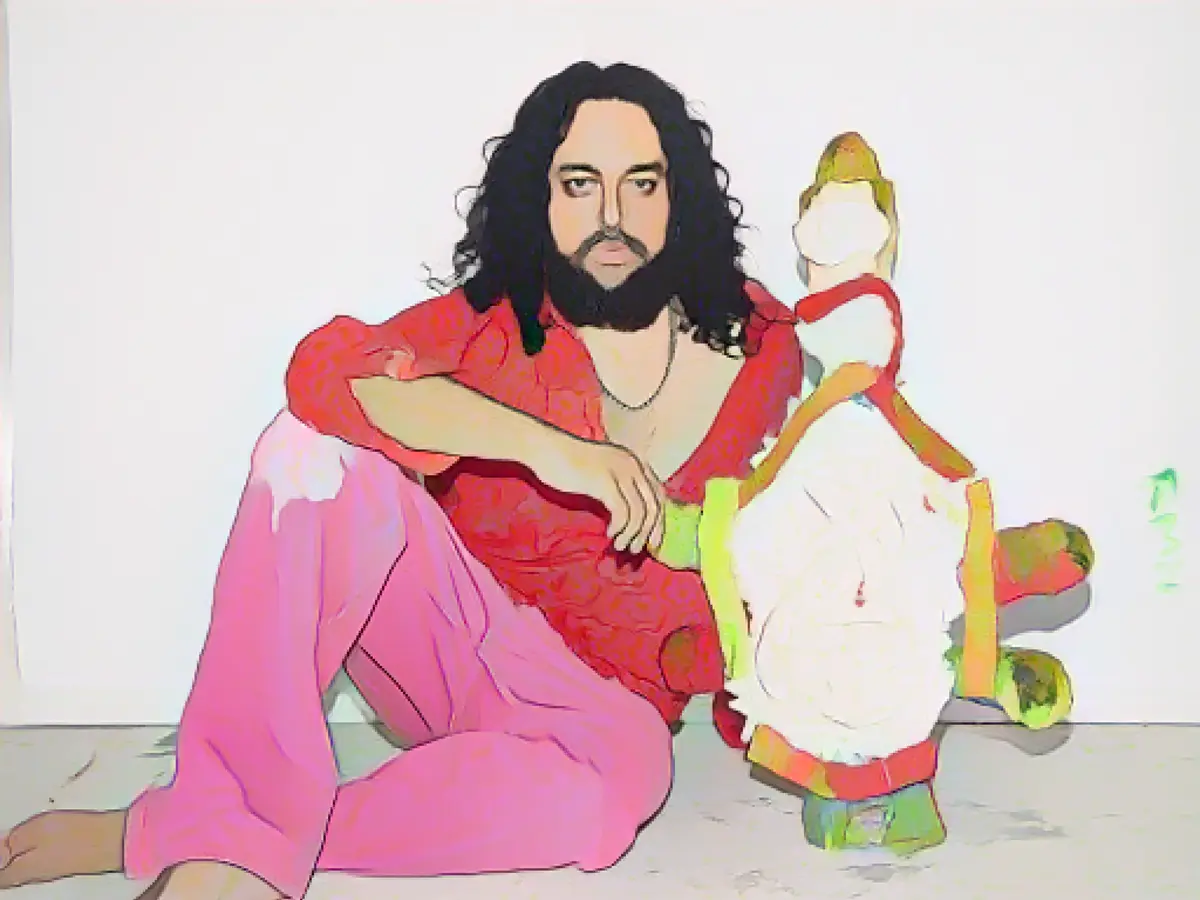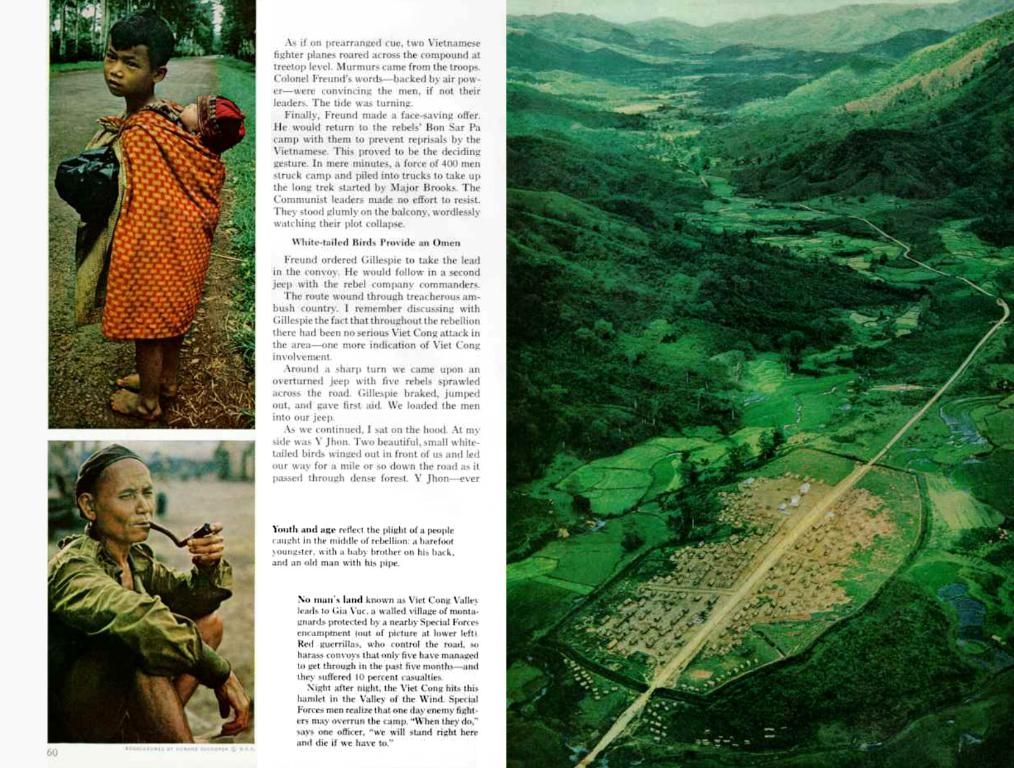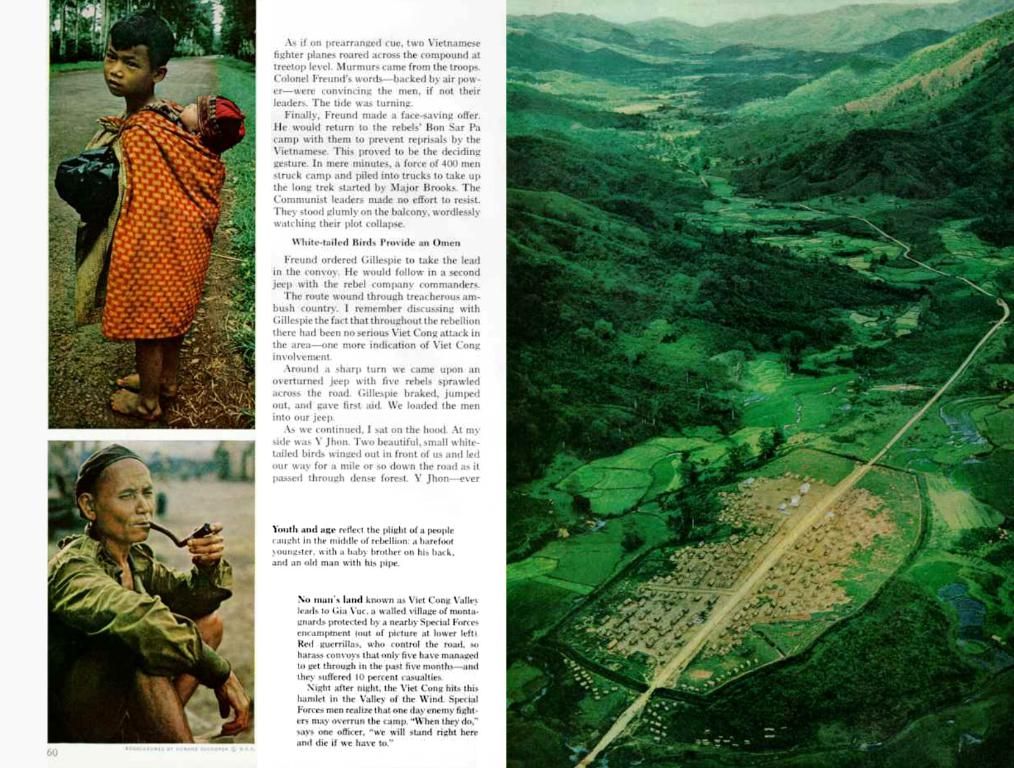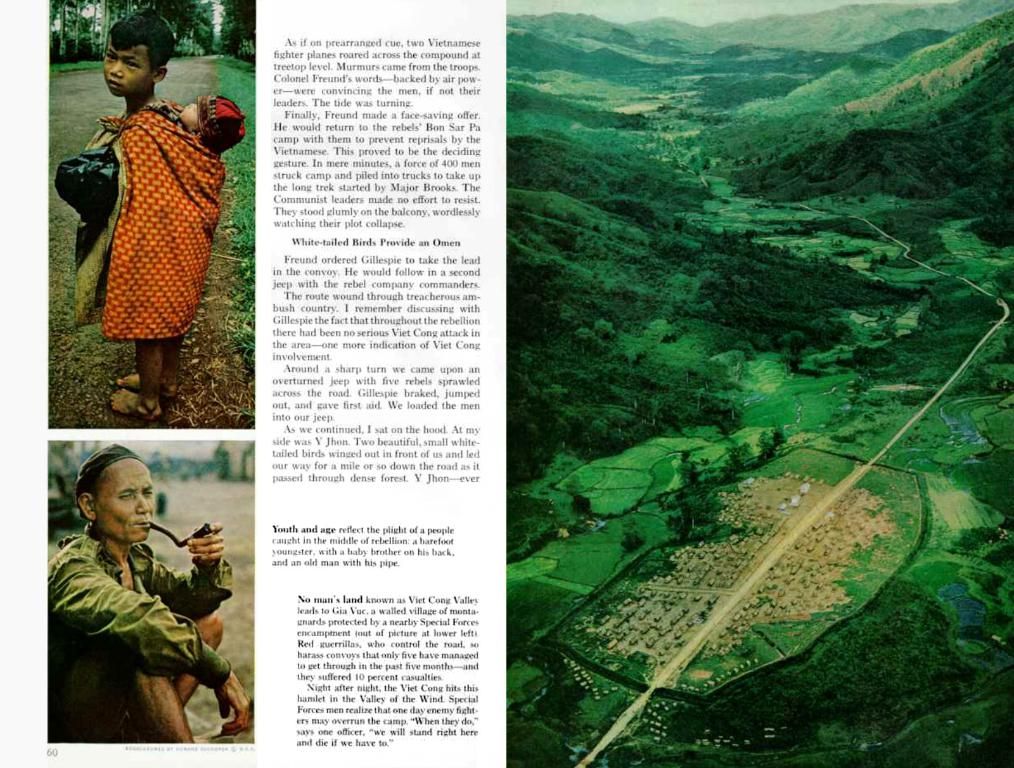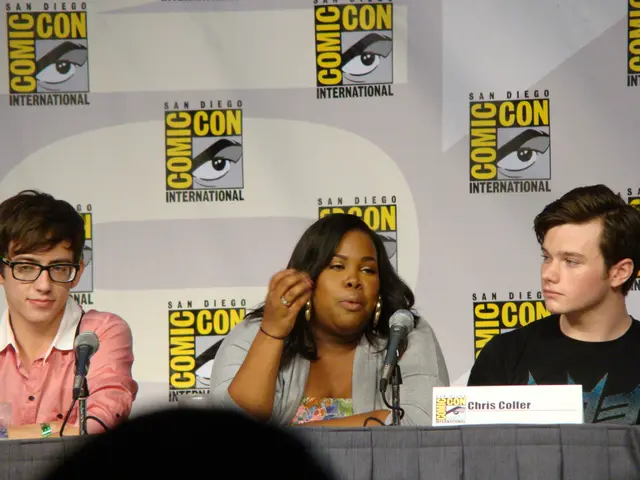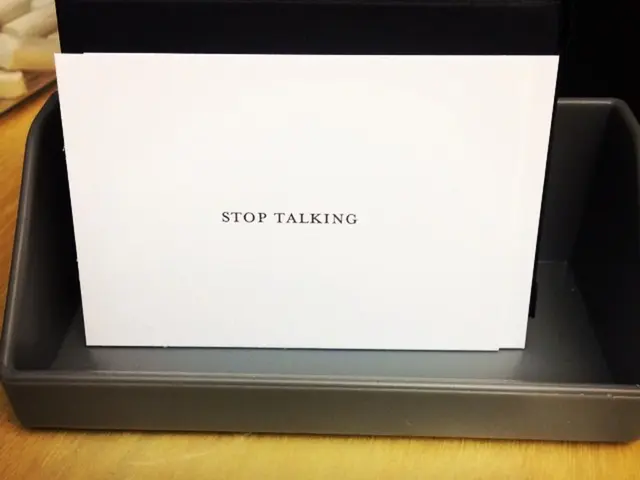In this sprawling former streetcar station, Nithiyendran brings together a dramatic collection of increasingly popular sculptures - a mix of ancient deities, pop culture references, and emotional ceramics and brass. The exhibition is as much a visual spectacle as it is a sensory experience, with makeshift "temple" structures and towering bronze and grass sculptures adorned with neon LED lights and resembling fountains that drip into murky basins. It's a rich exploration of global mythologies and cultural identities, with the added dramatic flair of a fog machine.
Nithiyendran, lounging in a La-Z Boy chair with Crocs on his feet and his long, wavy hair pulled back into a knot, declares, "I never set out to create art for an elite, art-educated audience." He expresses disinterest in hardcore abstraction, conceptual art, or realistic painting. Instead, he likes complex ideas, but finds self-referential art dull.
He is, however, interested in "speaking to a different audience" and "referencing non-Western narratives, especially from South Asia." The Sri Lanka-born Nithiyendran, who emigrated to Australia with his parents when he was just a year old, draws from his Tamil heritage for his icon-inspired and yet playful appearance that is half-animal, half-human.
A bronze sculpture in the streetcar station, for example, Nithiyendran describes as both guardian, warrior, destructor, and protector. It references both ancient Buddhist and Hindu depictions of sitting figures and contemporary influences. "There's a banana, there's Hello Kitty," he points out, "there are dragon masks from the Halloween store." He gestures to the various elements, combining traditional lost-wax casting techniques with everyday life objects to link the sacred with the mundane and meaning with banality and humor.
Rising Star
Nithiyendran, already a household name in Australia, is one of the youngest artists to have a solo exhibition at the National Gallery of Australia. His works have been commissioned by the Art Gallery of New South Wales and the HOTA (House of the Arts) Museum in Queensland, where he created the stunning 6-meter-high public sculpture "Double Head of the Blue Man," welcoming visitors at the entrance.
"Icons of Clay and Water" is his first institutional solo exhibition in Europe, but his star is rising globally. Represented by Sullivan+Strumpf with galleries in Sydney, Melbourne, and Singapore, and Jhaveri Contemporary in Mumbai, India, "Ramesh's vibrant mixed figures were a real discovery for me at the Dhaka Art Summit 2018 in Bangladesh," says Amrita Jhaveri, co-owner of the latter gallery. When she exhibited 14 of his bold and vibrant ceramic sculptures in Mumbai in 2022, the show would have sold out "many times over," writes Priya in an email, noting that collectors were not only from Australia but also Europe and China.
For Amrita, Nithiyendran himself is the main draw: "He's a vivid, charming man with an infectious laugh." Claire Jackson, senior curator at Tramway, agrees: "I just wanted to bask in his aura, because he's so charming and funny."
Nithiyendran is delighted that his role as a performer in his artistic practice is recognized. "If your work is bold, then your audience can be bold and read themselves in the light of this work," he says. "I think it's important for artists to reflect on their performance – it's a different kind of art-making."
GQ Australia named Nithiyendran "Artist of the Year" in 2022, with a accompanying photos spread showcasing him at his kiln in a high-fashion ensemble consisting of a woolen sweater, a parachute pants, heat-resistant gloves, and his signature Crocs. The same year, Thames & Hudson published a monograph on his work titled "Ramesh in the Style of a Pop Star." His November cover for the international contemporary art magazine ArtReview is equally flamboyant, featuring Nithiyendran in a pink robe, his nearly bare chest exposed, smiling for the global art world.
"I noticed early in my career that people wanted to take pictures of me," he says, his shirt buttoned almost to the top on even a chilly winter day. "I thought: 'Okay, I'll pose. I'll smile. I'll look into the camera.' Since I grew up in Australia, artists with (my) similar cultural background or darker skin tones were never mentioned in my art history classes, so I thought: 'I'll use every medium. Visibility is so important.'"
Creating Space for Other Voices
Nithiyendran's new exhibition aims to be both impactful and subversive within its context. "I think conceptually, globally, and philosophically above and beyond the movement of the Earth," he says about his broad theme. "Most cultures have a kind of flood myth, which runs through many creative narratives."
A makeshift "temple" structure, constructed from reclaimed wood, bamboo, and plastic, references an architecture that responds to flooding. Inside the structure, a wobbly pyramid of 96 gold-painted terracotta figures ranging from amorphous, mask-like forms to more complex figures with limbs, multiple heads, and animal features can be found, along with an abundance of phallic protrusions - a common aspect of his work that once earned him the infallible title of "Ceramic Bad Boy."
"But I don't think these sculptures transgress any rules," Nithiyendran, who studied Women and Gender Studies at university before turning to art, argues. The ceramic figures on the streetcar tracks depict the fluidity of genders. "I call these my queens," Nithiyendran says and points to one of the three sculptures, which draws inspiration from Gandhara Buddhist forms and features multiple layers of glass enamel. "She references a different type of fertility data, but with a greater sensitivity to Kool-Aid."
Nithiyendran sees his work not as a "battle against the Eurocentric patriarchal model," but rather as "creating space for other kinds of voices" and "creating spaces that are uniquely parallel." His vision is ambitious. Jackson adds: "When you walk into the gallery room, you're in Ramesh's world." He also mentions that the installation process will be accompanied by music from '90s girl groups and expects the opening ceremony to culminate in a karaoke session.
"It's a party for divas," Nithiyendran says with a warm, excited laughter, enjoying the spotlight of his growing success. "I come from a refugee background. I grew up next to a McDonald's in a first-generation immigrant neighborhood in Australia. I'm proud of what I've achieved. I'm happy I made it."
